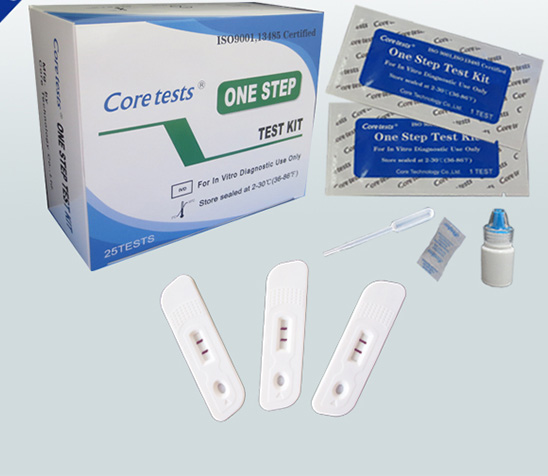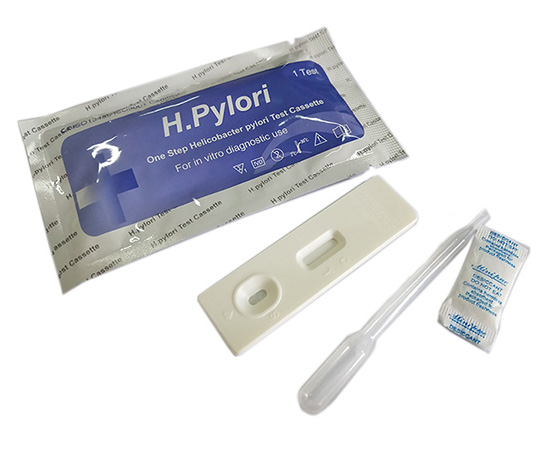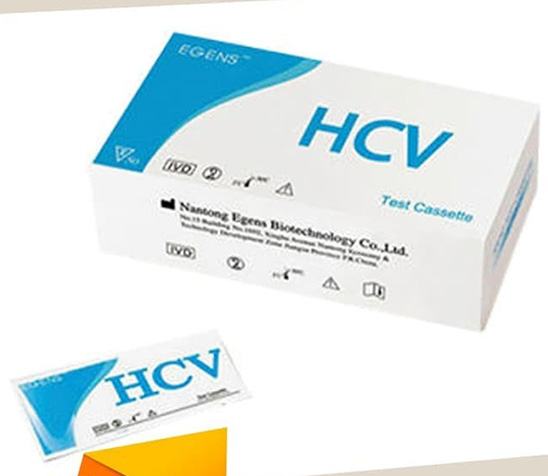A diagnostic test is a test used to identify a condition or its cause. It is used to diagnose. A diagnostic test performed as a part of a medical exam may be used to identify the cause of symptoms or identify a disease. When used for other purposes, a diagnostic test may be used to identify specific strengths and weaknesses.
A diagnostic test is usually designed to identify a particular condition or set of characteristics. For example, a test to diagnose diabetes would look for physical characteristics associated with diabetes (such as high glucose blood levels a specific time after ingesting a controlled amount of sugar). While a test for hearing damage would be quite different in nature and scope. Beyond medical testing, diagnostic tests can be used to identify equipment failures, learning or social disabilities, and software malfunctions.
Diagnostic tests differ from others test in that a diagnostic test is meant to identify or measure the presence of a particular factor. At their simplest, a diagnostic test can render a yes or no answer. Often diagnostic tests not related to human beings are called troubleshooting. It is a method of narrowing down and finding answers to a problem.

The H.pylori Antibody Test is a qualitative membrane based immunoassay for the detection of H.pylori antibodies in whole blood, serum or plasma. In this test procedure, anti-human IgG is immobilizied in the test line region of the test. After specimen is added to the specimen well of the device, it reacts with H.pylori antigen coated particles in the test. This mixture migrates chromatographically along the length of the test and interacts with the immobilized anti-human IgG. If the specimen contains H.pylori antibodies, a colored line will appear in the test line region indicating a positive result. If the specimen does not contain H.pylori antibodies, a colored line will not appear in this region indicating a negative result. To serve as a procedural control, a colored line will always appear in the control line region, indicating that proper volume of specimen has been added and membrane wicking has occurred.

H. pylori testing is used to detect the bacteria in the digestive tract, diagnose the infection, and to evaluate whether treatment has cured the infection.

A blood test, called an HCV antibody test, is used to find out if someone has ever been infected with the hepatitis C virus. The HCV antibody test, sometimes called the anti-HCV test, looks for antibodies to the hepatitis C virus in blood. Antibodies are chemicals released into the bloodstream when someone gets infected.
Test results can take anywhere from a few days to a few weeks to come back. Rapid anti-HCV tests are available in some health clinics and the results of these tests are available in 20 to 30 minutes.
Our Diagnostic Test products are Affordable, Sensitive, Specific, User-friendly, Rapid and robust, Equipment-free and Deliverable to end-users we used as a benchmark for identifying the most appropriate diagnostic tests for resource-constrained settings.
The test’s purpose our products is clear
An acute or chronic infection is to be diagnosed
The test is to be used for diagnosis, disease monitoring or verifying a cure
The test is quantitative or qualitative
Test results is analyzed at the point of care or in a central laboratory
Test’s end-users: we trained laboratory technicians or primary health-care workers
Performance of the test is excellent.
The analyzers are used and, if so, what the manufacturer’s requirements are for training, installation and maintenance
Regulatory approval by international and national bodies
The test has the European CE mark
the test has been approved by the FDA
The test’s manufacturing site meets the ISO 13485 standard
The test is prequalified or endorsed by WHO
The test has been approved by national authorities
The test’s is diagnostic accuracy in practice
The test’s is performance under real-life conditions (i.e. at the end-user level) Excellent.